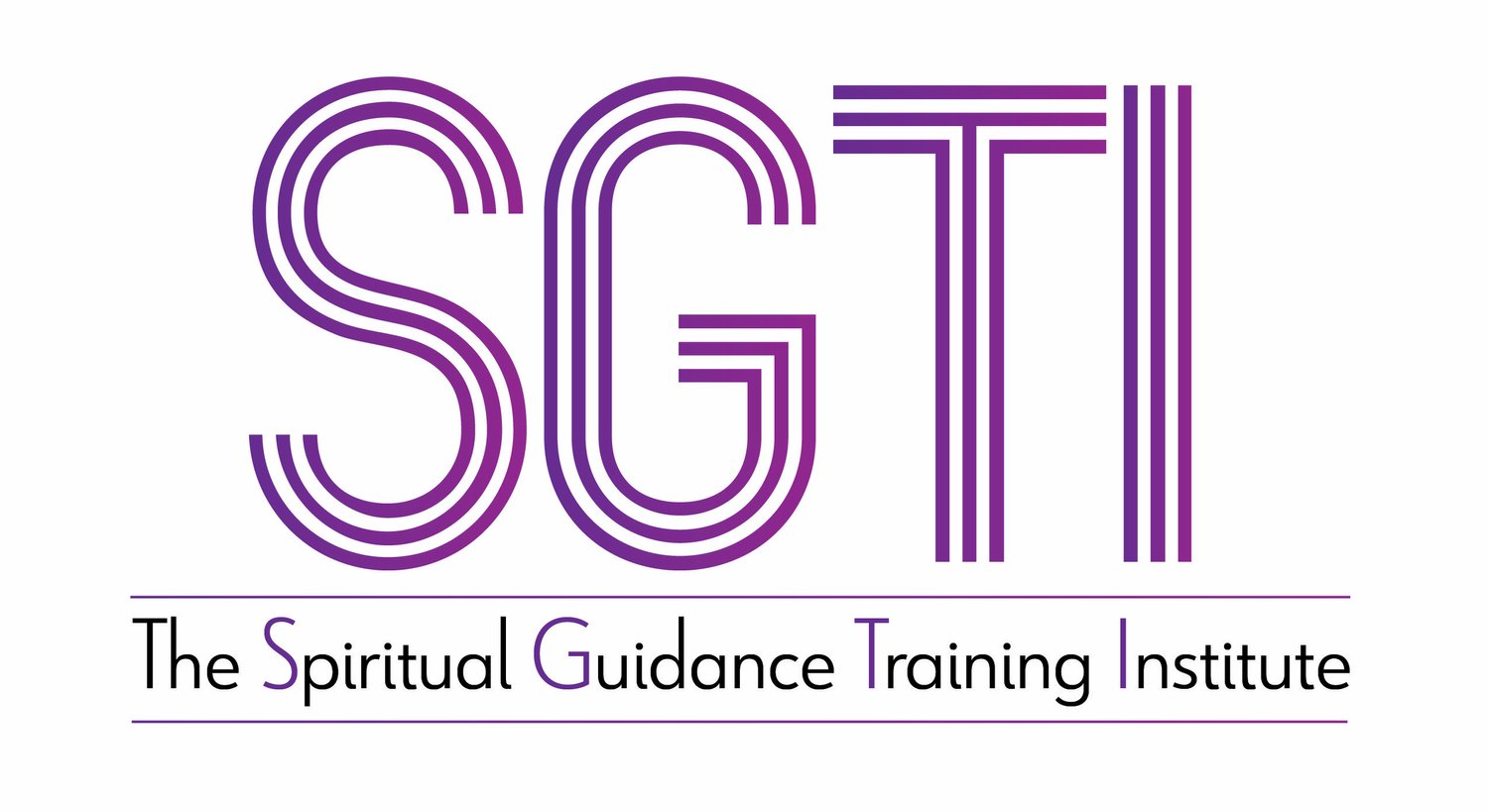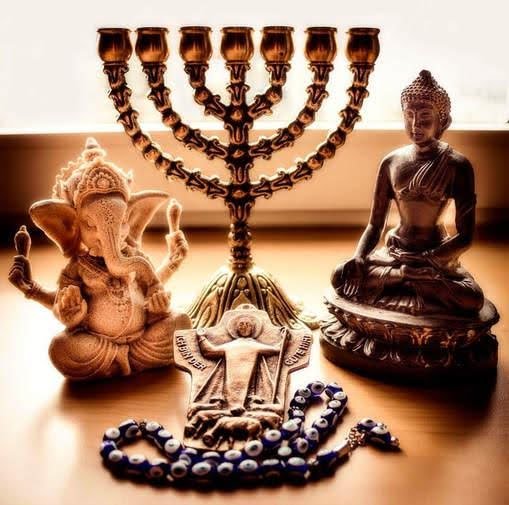There Is a Crack in Everything
9/8/2017
There is a crack in everything, that’s how the light gets in.
-Leonard Cohen
Participating in interfaith/interreligious work is harder than it looks. This is precisely what Rabbi Dr. Rachel Mikva addressed last fall at Chicago Theological Seminary. At the convocation, Rabbi Dr. Mikva explored some of the difficulties of engaging in interfaith/interreligious work and relationships by asking important and provocative questions. I am writing about her address nearly 11 months later because it was one that influenced me personally, as well as professionally, with the conception of The Spiritual Guidance Training Institute.
Five points were discussed that supported the thesis that interfaith work is more difficult than at first glance. One overarching question that Mikva asks is, “Who gets to say who is included?” She suggests that interreligious discussion can be exclusive when its focus is on religion, leaving out those practicing or exploring spirituality and ethics.
Rabbi Dr. Rachel Mikva began with a discourse on Christian privilege in the interreligious sphere. For the most part, the Christians who host a gathering are the ones who control the agenda. Christians have also tended to receive grants, allowing them to fund their institution while others do not have access to the same resources. Theonormativity (a social assumption that belief in God is proper) is a barrier that excludes groups like secular humanists and others. As a result, the theistic, global, hierarchical religions promote western hegemony.
Second, there is a growing complexity of politics of representation. For example, individuals who practice in spiritual and ethical traditions may not identify as “religious”, yet may identify as interspiritual. Most often, it is the individuals who make meaning within their tradition; some Buddhists say they have a faith, while others don’t use the language of faith.
Third, interfaith/interreligious work does not stand alone, but is a part of a system of overlapping and intersecting social identities. A Spanish-speaking rabbi has his unique social, cultural and theological experience and offers unique interpretations of scripture.
Fourth, “the world weighs heavy”. There are hot-button issues in the social, political, theological, spiritual, scientific, and legal arenas that complicate the motivations of people wanting to do good will. For example, LGBTQ inclusion can serve as a barrier to different groups working harmoniously.
Fifth, the concept of claiming a tradition and being accountable to one another is complicated. When interfaith groups come together, how does one claim what is important in their tradition when it may be the very thing that offends someone else in a different tradition? What do healthy boundaries look like in interfaith/interreligious work and relationships?
A few compelling solutions were offered that I believe promote healing and community among traditions. Rachel Mikva suggests that we need neutral spaces for religious study to occur; we need to learn from, not just about, others who are different than us; we need to focus on more than others’ differences in order to understand our own traditions; we need to be cautious to not say things like “this religions states…” and “that religions believes…” because interfaith/interreligious work is ultimately about people.
Jeanette Banashak, PhD, EdD

